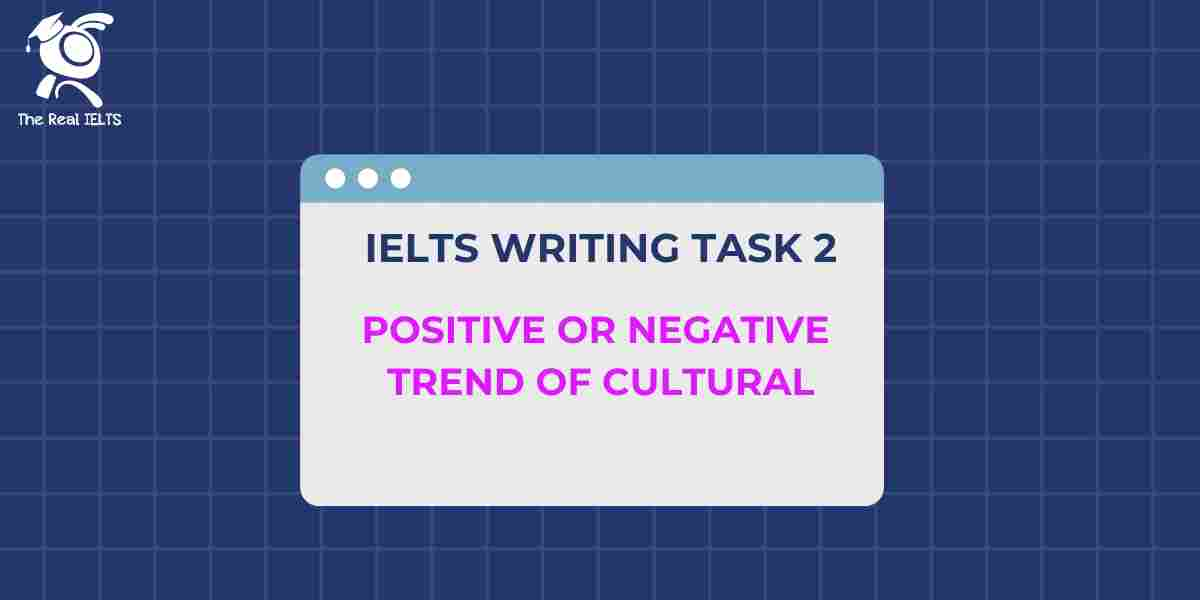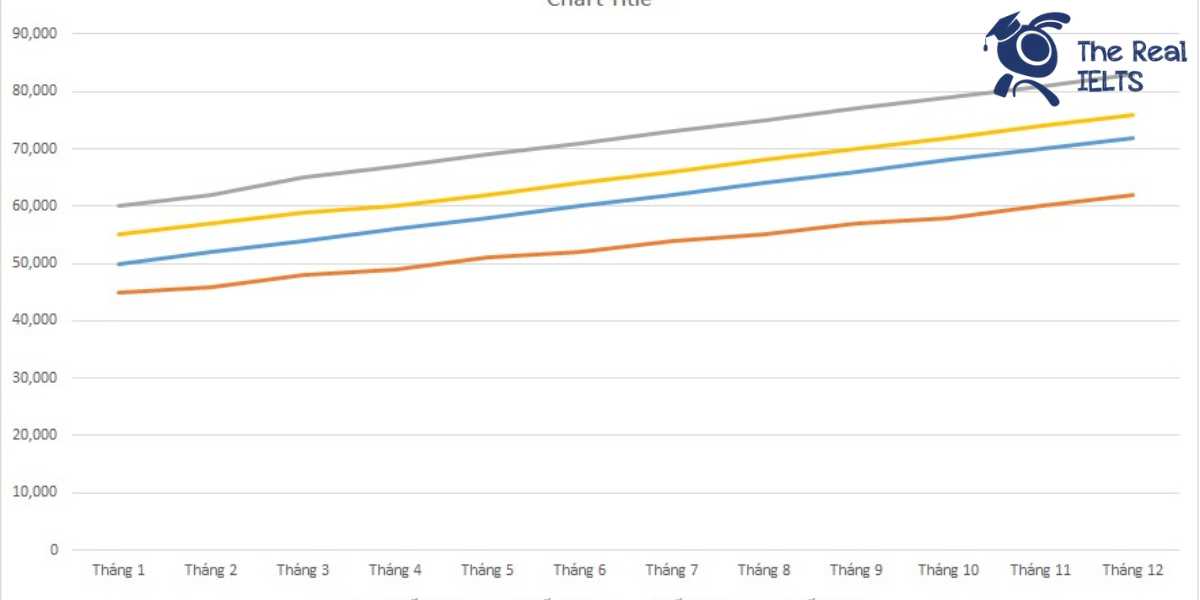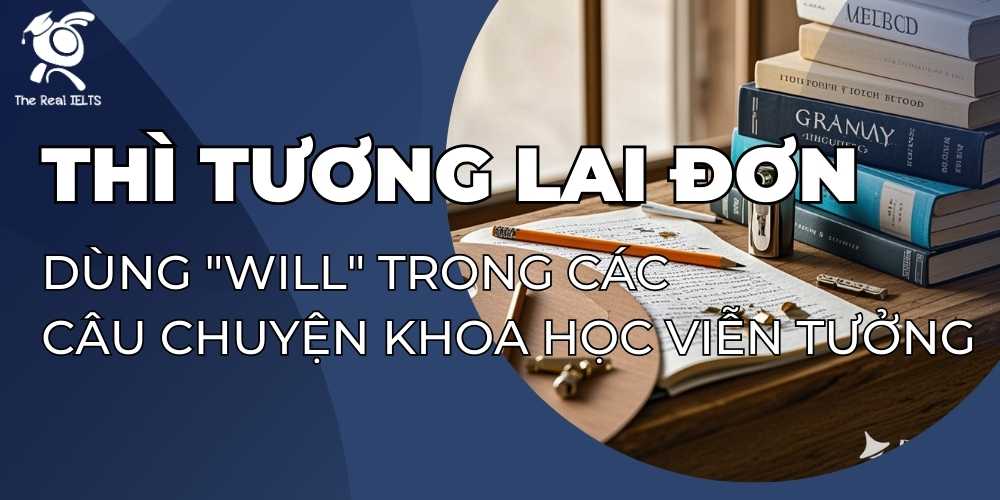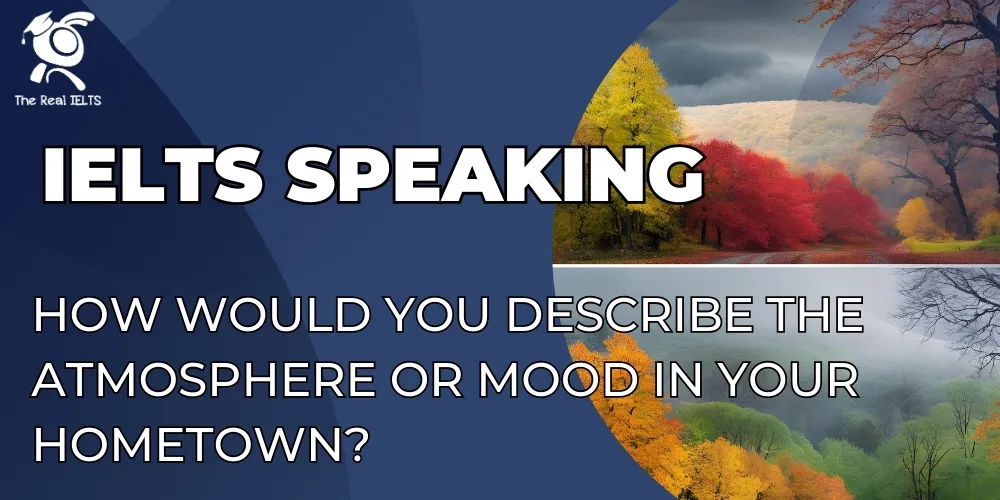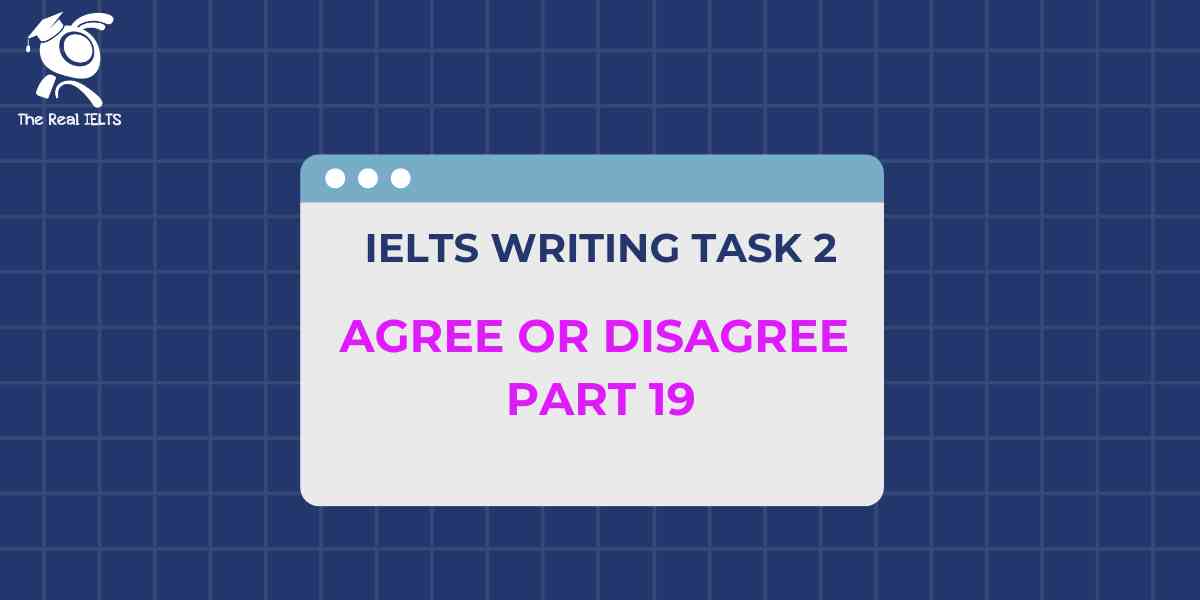Đề bài IELTS Writing Task 2 dạng Positive or Negative trend of cultural
You should spend about 40 minutes on this task
The growing trend of cultural exchange through travel and media. Do you think this is a positive or negative development?
Write at least 250 words.
Giải mẫu đề luyện thi IELTS Writing
In recent years, the trend of cultural exchange has significantly increased due to the rise in global travel and the proliferation of media. While some people argue that this development could potentially lead to cultural homogenization, I believe that the benefits of cultural exchange far outweigh the drawbacks, making it a largely positive development.
First and foremost, cultural exchange through travel and media fosters greater understanding and tolerance among people from different backgrounds. When individuals are exposed to various cultures, whether through direct experience or media consumption, they become more open-minded and accepting of differences. For example, a person who watches documentaries about different cultures or travels to foreign countries is more likely to appreciate and respect cultural diversity. This exposure reduces stereotypes and prejudices, leading to a more harmonious global society.
Moreover, cultural exchange enriches the lives of individuals by broadening their perspectives and enhancing their knowledge. By engaging with different cultures, people can learn new languages, traditions, and ways of life. This not only contributes to personal growth but also helps in developing skills that are valuable in an increasingly interconnected world. For instance, businesses often seek employees who are culturally aware and can communicate effectively with people from diverse backgrounds. Thus, cultural exchange can provide individuals with a competitive edge in the global job market.
However, some critics argue that the widespread sharing of culture through travel and media may lead to the erosion of traditional cultures. As people adopt foreign practices and values, there is a risk that indigenous cultures may lose their distinctiveness. While this concern is valid, it is important to note that cultural exchange does not necessarily lead to the disappearance of traditional cultures. Instead, it can promote the preservation and appreciation of these cultures on a global scale. For example, traditional music, dance, and cuisine from various cultures have gained international recognition and appreciation through media platforms.
In conclusion, the growing trend of cultural exchange through travel and media is a positive development. It promotes understanding, tolerance, and personal growth while also enhancing global connections. Although there are concerns about the potential loss of traditional cultures, the benefits of cultural exchange are far more significant. By embracing and celebrating cultural diversity, we can create a more inclusive and interconnected world.
Thống kê cấu trúc câu và cấu trúc ngữ pháp
- Câu ghép (Compound Sentences):
- “While some people argue that this development could potentially lead to cultural homogenization, I believe that the benefits of cultural exchange far outweigh the drawbacks, making it a largely positive development.”
- Sử dụng “while” để nối hai mệnh đề đối lập nhau.
- “This exposure reduces stereotypes and prejudices, leading to a more harmonious global society.”
- Sử dụng dấu phẩy và cụm động từ “leading to” để nối hai mệnh đề.
- “While some people argue that this development could potentially lead to cultural homogenization, I believe that the benefits of cultural exchange far outweigh the drawbacks, making it a largely positive development.”
- Câu phức (Complex Sentences):
- “When individuals are exposed to various cultures, whether through direct experience or media consumption, they become more open-minded and accepting of differences.”
- Sử dụng “when” để mở đầu mệnh đề phụ thuộc.
- “By engaging with different cultures, people can learn new languages, traditions, and ways of life.”
- Sử dụng “by” để giới thiệu cách thức thực hiện hành động.
- “For example, a person who watches documentaries about different cultures or travels to foreign countries is more likely to appreciate and respect cultural diversity.”
- Sử dụng “who” để tạo mệnh đề quan hệ.
- “As people adopt foreign practices and values, there is a risk that indigenous cultures may lose their distinctiveness.”
- Sử dụng “as” để diễn tả một hành động đang diễn ra cùng lúc với một hành động khác.
- “When individuals are exposed to various cultures, whether through direct experience or media consumption, they become more open-minded and accepting of differences.”
- Cấu trúc động từ nguyên mẫu (Infinitive Structures):
- “It is important to note that cultural exchange does not necessarily lead to the disappearance of traditional cultures.”
- Sử dụng động từ nguyên mẫu sau “it is important”.
- “It is important to note that cultural exchange does not necessarily lead to the disappearance of traditional cultures.”
- Câu bị động (Passive Voice):
- “Traditional music, dance, and cuisine from various cultures have gained international recognition and appreciation through media platforms.”
- Sử dụng câu bị động với “have gained”.
- “Traditional music, dance, and cuisine from various cultures have gained international recognition and appreciation through media platforms.”
- Mệnh đề quan hệ (Relative Clauses):
- “A person who watches documentaries about different cultures or travels to foreign countries is more likely to appreciate and respect cultural diversity.”
- Sử dụng “who” để nối mệnh đề quan hệ.
- “A person who watches documentaries about different cultures or travels to foreign countries is more likely to appreciate and respect cultural diversity.”
Từ kết nối các câu và đoạn văn:
- While – Diễn tả sự đối lập giữa các mệnh đề.
- First and foremost – Để giới thiệu luận điểm đầu tiên.
- For example – Dùng để đưa ra ví dụ minh họa.
- Moreover – Dùng để thêm thông tin bổ sung.
- However – Dùng để giới thiệu một quan điểm đối lập hoặc một sự phản biện.
- Instead – Dùng để chỉ sự thay thế hoặc đối lập với ý trước đó.
- Thus – Dùng để chỉ kết quả hoặc hệ quả.
- In conclusion – Dùng để mở đầu cho phần kết luận.
Các từ vựng tiếng Anh cần lưu ý trong bài viết
- Cultural exchange – Trao đổi văn hóa
- Global travel – Du lịch toàn cầu
- Proliferation – Sự lan tràn, sự phổ biến
- Homogenization – Sự đồng nhất hóa
- Drawbacks – Hạn chế, nhược điểm
- Tolerance – Sự khoan dung, lòng bao dung
- Backgrounds – Nền tảng, bối cảnh (ở đây ám chỉ xuất thân hoặc văn hóa khác nhau)
- Open-minded – Cởi mở, sẵn sàng tiếp thu
- Appreciate – Trân trọng, đánh giá cao
- Stereotypes – Định kiến
- Prejudices – Thành kiến
- Harmonious – Hài hòa, hòa hợp
- Perspectives – Quan điểm, cách nhìn
- Indigenous – Bản địa, thuộc về một dân tộc hoặc nền văn hóa cụ thể
- Distinctiveness – Nét đặc trưng, sự khác biệt
- Preservation – Sự bảo tồn
- International recognition – Sự công nhận quốc tế
- Personal growth – Sự phát triển cá nhân
- Competitive edge – Lợi thế cạnh tranh
- Global connections – Mối liên kết toàn cầu
- Inclusive – Bao hàm, không loại trừ ai
- Interconnected – Có sự liên kết chặt chẽ với nhau
Đọc thêm bài viết: Cách làm bài thi IELTS Writing Task 2.


